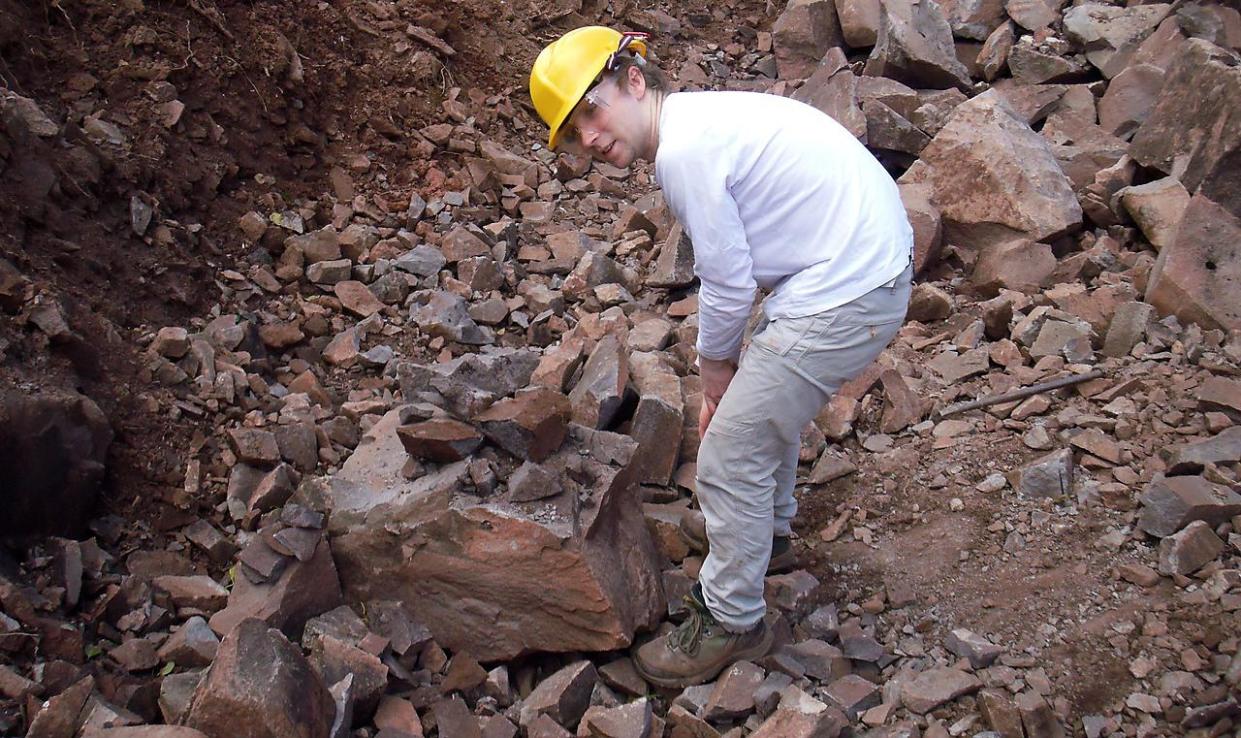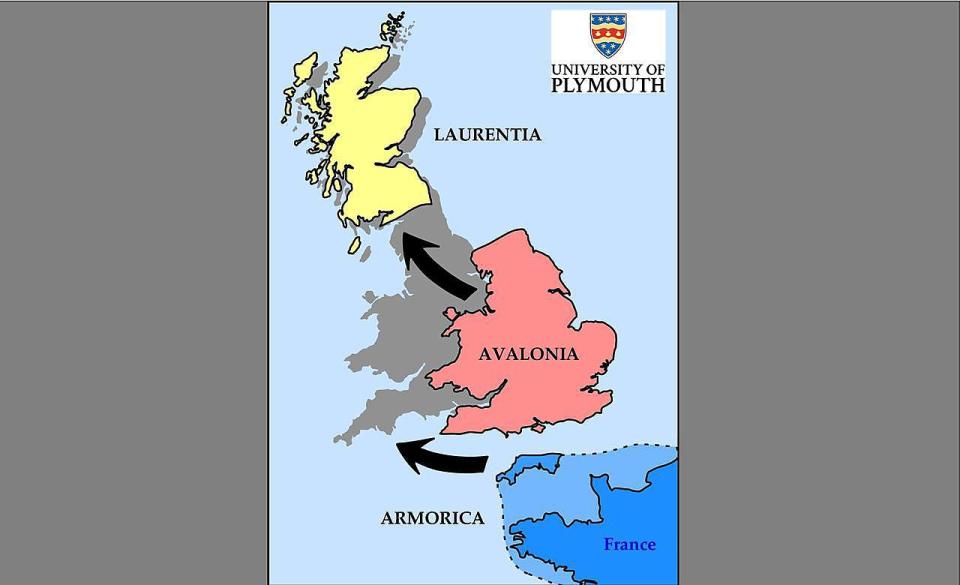Britain was formed by the merging of three continents, not two, research suggests

It’s long been through that Britain was formed when two ancient continents merged more than 400 million years ago.
But new research suggests that England, Wales and Scotland were actually formed by the collision of three – not two – land masses.
Geologists at the University of Plymouth believe it wasn’t just Avalonia and Laurentia involved in forming Britain, but a third mass called Armorica was also involved.
The research, published in journal Nature Communications, is said to offer a “completely new way of thinking about how Britain was formed”.

The research team analysed mineral properties in exposed rocks at 22 sites in Devon and Cornwall, which suggested a boundary across the two counties running from the Exe estuary in the east to Camelford in the west.
They said the areas north of that border share geological roots with the rest of England and Wales, while those in the south are linked to France and mainland Europe.
READ MORE FROM YAHOO NEWS UK
No-deal Brexit could ground UK flights and stop Eurostar, French minister warns
Little boy tells Prince William he’s ‘tired’ and ‘isn’t enjoying his chopsticks’ at Japan House opening
Hurricane Helene heading towards the UK, bringing chances of gale force winds
Police request another six months’ funding to investigate disappearance of Madeleine McCann
Here’s why the ‘Salisbury assassins’ explanation is more than a little suspicious
Lead author Dr Arjan Dijkstra, a lecturer at the University of Plymouth, said: “This is a completely new way of thinking about how Britain was formed.”
“It has always been presumed that the border of Avalonia and Armorica was beneath what would seem to be the natural boundary of the English Channel. But our findings suggest that although there is no physical line on the surface, there is a clear geological boundary which separates Cornwall and south Devon from the rest of the UK.”
The authors said the discovery could explain why tin and tungsten are found in south-west England and Brittany in France but not other parts of England.
Dr Dijkstra added: “We always knew that around 10,000 years ago you would have been able to walk from England to France.
“But our findings show that millions of years before that, the bonds between the two countries would have been even stronger.
“It explains the immense mineral wealth of south-west England, which had previously been something of a mystery, and provides a fascinating new insight into the geological history of the UK.”

 Yahoo News
Yahoo News 

